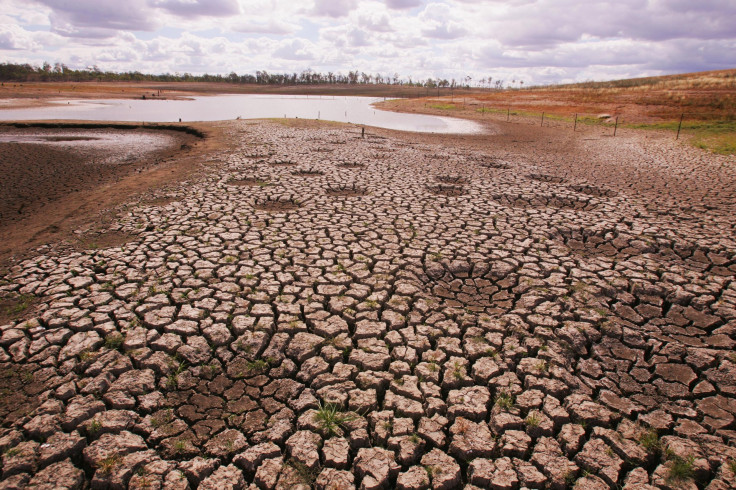Climate Change: Comet Crash Could Have Triggered Ancient Rapid Global Warming, Study Says

A giant comet or asteroid that crashed nearly 56 million years ago could have triggered the ancient rapid warming of the Earth, which has similarities to today’s climate change, researchers said.
American scientists detailed their finding of the first physical evidence of the comet’s impact in a study published Friday in the journal Science.
While looking for the fossilized remains of a tiny organism called Foraminifera, co-author of the study Morgan Schaller from New York’s Rensselaer Polytechnic Institute noticed a microtektite in the sediment he was examining, which belonged to the period when the ancient global warming occurred. Microtektites are tiny hard glass spheres that are formed by extraterrestrial impacts.
“This tells us that there was an extraterrestrial impact at the time this sediment was deposited – a space rock hit the planet,” Schaller said in a statement. “The coincidence of an impact with a major climate change is nothing short of remarkable.”
It is not uncommon for researchers to look for fossilized remains in sediments belonging to the time of the ancient global warming or the Paleocene-Eocene Thermal Maximum (PETM). But since microtektites are usually dark, they are difficult to spot on the black sorting tray scientists use.
The researchers found at least three microtektites per gram of sediment they examined. Some microtektites they found contained “shocked quartz,” which the researchers said is “definitive” evidence of the impact. Some also exhibited tiny craters or were sintered together, which is evidence of the speed they were traveling at.
Carbon dioxide in the atmosphere increased rapidly during the PETM period resulting in a sharp increase of about 5 to 8 degrees Celsius in global temperature. This increase lasted for nearly 15,000 years. But how this sequence of events played out is still unknown.
Fossils belonging to that period show a sudden shift in the ratio of carbon isotopes. For instance, the Foraminifera produce a shell whose chemistry closely represents the ratio of carbon isotopes in the atmosphere and ocean.
“In sediment records, when you look at the ratio of carbon-12 to carbon-13 in a particular species, you see that it’s stable and then it abruptly shifts, wiggles back and forth and slowly returns to pre-event values over hundreds of thousands of years,” Schaller said. “This evidence defines the event, and tells us that the atmosphere changed, in particular adding carbon from a source depleted in carbon-13. A comet impact on its own may have contributed carbon to the atmosphere, but is too small to explain the whole event and more likely acts as a trigger for additional carbon releases from other sources.”
Researchers used sediment cores from Wilson Lake and Millville in New Jersey, and Blake Nose, a site east of Florida. The discovery of the microtektites was “completely by accident,” they said. Following this, the scientists also studied samples from a fourth site to check if the samples had been corrupted by the drilling process but the sediments from this site also contained microtektites.
© Copyright IBTimes 2024. All rights reserved.






















